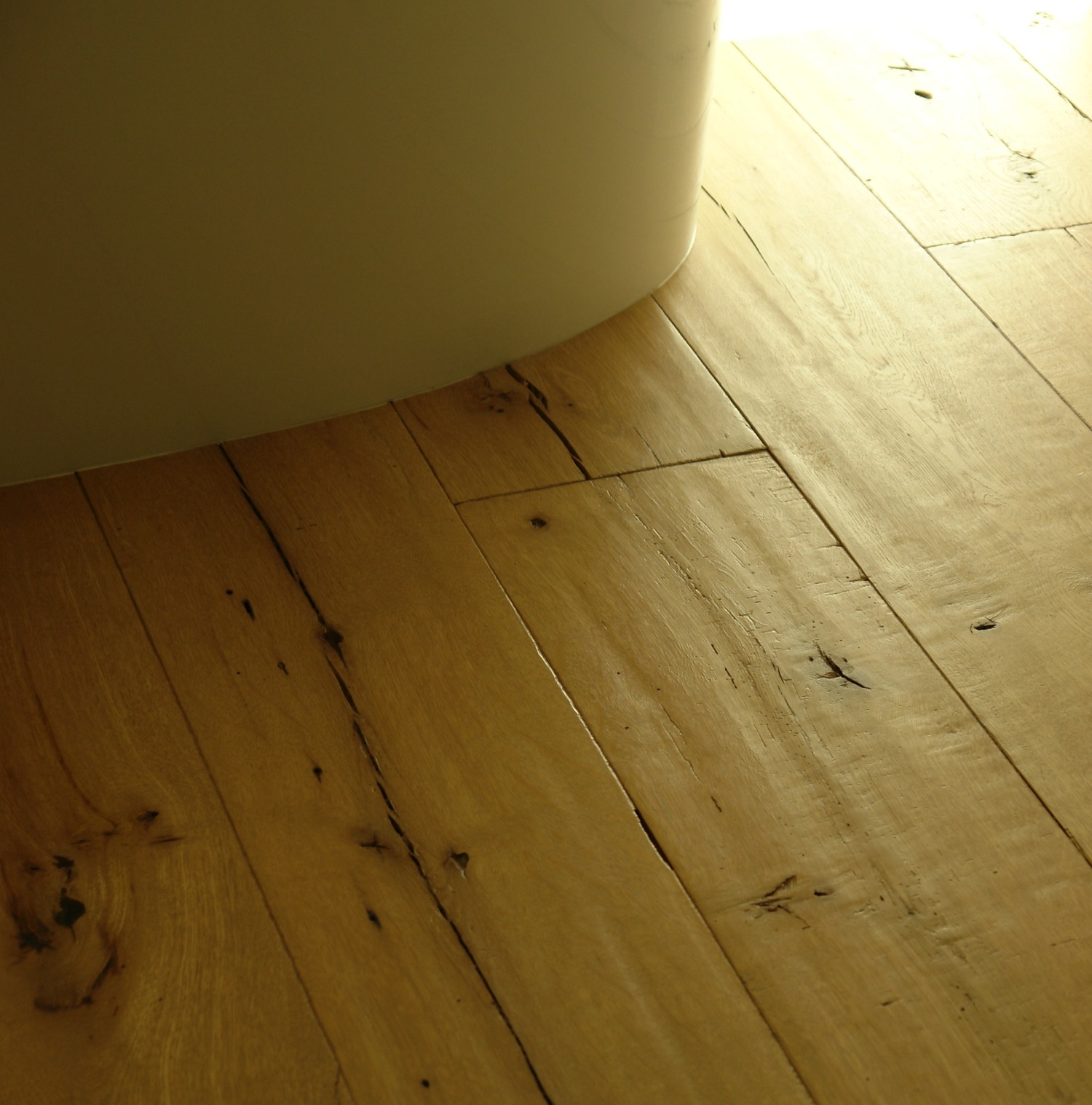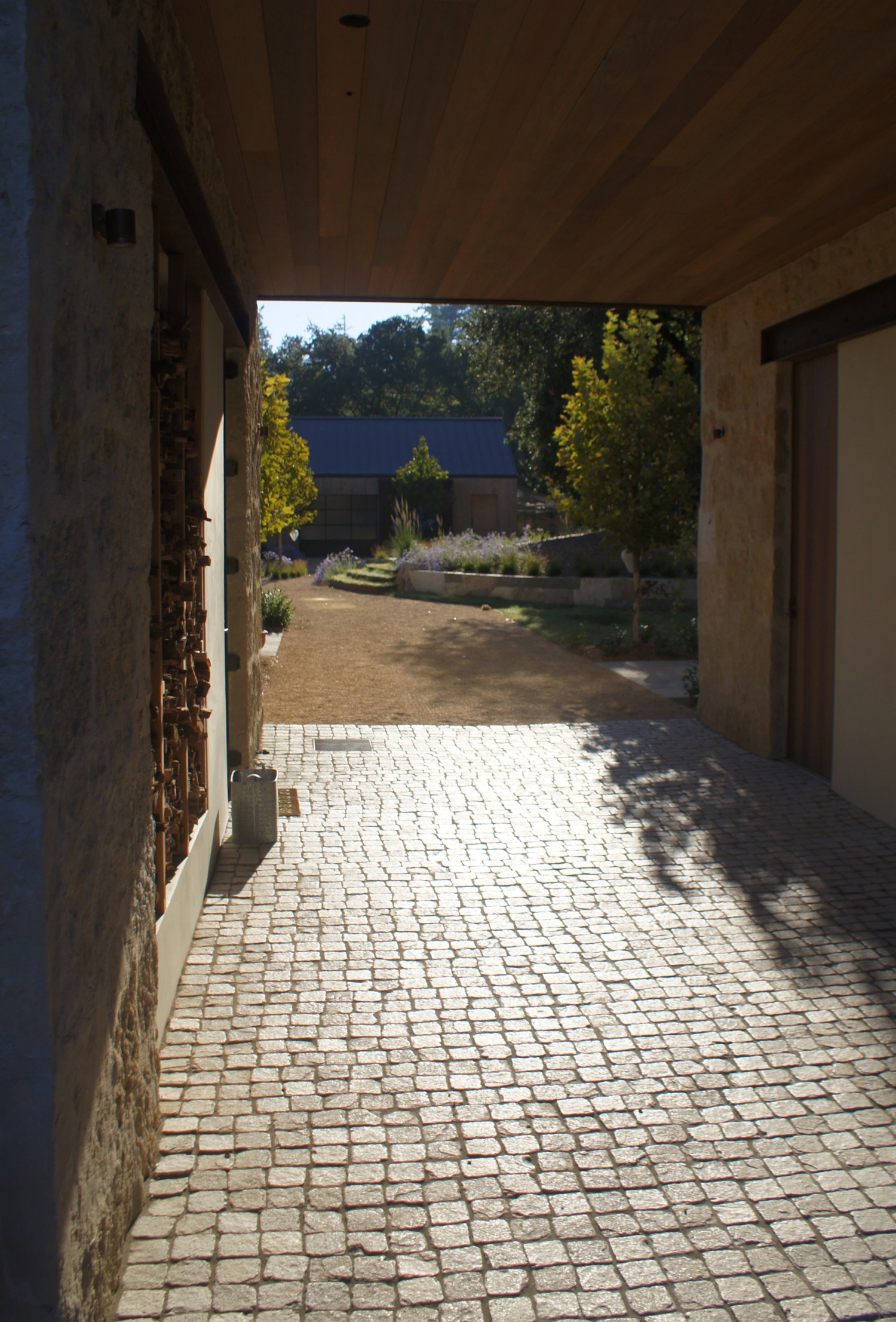Wabi- Sabi: A must buy book
A treatise on the beauty of things imperfect, impermanent, and incomplete.
I highly recommend Wabi-Sabi for Artists, Designers, Poets & Philosophers, by Leonard Koren. His book resonated with me so much that it opened some doors of perception, like any significant art, literature or performance can. Reading Wabi-Sabi will probably cultivate a fresh inquiry into the world of objects that surround us.
In the introduction, Koren provides insight into his thinking in this passage, “Wabi-sabi resolved my artistic dilemma about how to create beautiful things without getting caught up in the dispiriting materialism that usually surrounds such creative acts. Wabi-sabi—deep, multi-dimensional, elusive—appeared the perfect antidote to the pervasively slick, saccharine, corporate style of beauty that I felt was desensitizing American society. I have since come to believe that wabi-sabi is related to many of the more emphatic anti-aesthetics that invariably spring from the young, modern, creative soul: punk, grunge, or whatever it is called next.”
Beyond the abstract
It is easy to think of the concept of wabi-sabi as being philosophical and intellectual. In search of some tangible take-aways, it is worth bringing attention to chapter three. In this chapter, Koren compares the wabi-sabi aesthetic to the modernist aesthetic, including a wonderful comparative list. Although he finds some common threads, these aesthetics are mostly presented as opposites.
Juxtaposed and woven together with skill, these opposite aesthetics can work to enhance each other in compelling and unexpected ways, creating a hybrid vernacular. I have been fortunate to work on projects bringing these two aesthetics together.
Juxtaposing design elements
One of my projects, a building with many modern elements, corner windows, invisible gutters and an overall box like shape, was greatly enhanced on the outside by using materials that visibly age with the passage of time. We used COR-TEN, sheet steel, that is engineered to quickly produce a protective rust layer, as part of the siding, and unprotected Alaskan Yellow Cedar, which will turn silver grey, for the rest of the siding. Within months of sun and rain, the siding began taking on a life of it’s own. On the inside floors we used character grade reclaimed white oak, and used the same oak for the plank doors. The reclaimed oak juxtaposed with the smooth walls, the minimalist aluminum windows and the contemporary bathroom fixtures, creating a comfortable, relaxed environment, in which refined and unrefined meet in a seamless balance.


New book on wabi-sabi
In a short conversation with Leonard Koren, he told me he is currently working on a new book with the provisional title, Wabi-sabi: further thoughts, due to be published at the end of 2014. In it he will try to address the broader question generated by himself and other readers: how is wabi-sabi best used in the world? Initially he considered Wabi-sabi to be a theoretical concept. The new book will look at providing conceptual tools, and maybe provide some insight in how to live with our homes and objects in a way that enriches our understanding and relationship with them.
The Ferrari in the castle
It appears to me that the Italians are best at juxtaposing the opposites of the very old and the brand new, making it seemingly natural to place a slick, contemporary object in a 14th century interior. They make environments where a polished floor meets an old stone wall, where the antique carved chest of drawers highlights against the fresh polished plaster walls, and the warn cobbled floor left intact to enhance the newly remodeled entry.
Invoking timelessness
It often happens: people return from their trips to Europe or Asia, wanting to bring “history” back with them and incorporate what they have enjoyed into their home. They hope to recreate a timeless design; one in which the old and the new comfortably coexist. To do so requires an understanding that in very old buildings a construction process of many layers has taken place over generations; each layer contributing to a complex nuanced experience.
Purposefully reconstructing the nuance of the passage of time requires focused attention to detail. The design process begins with a narrative that speaks of time and place along with the regional and local architectural elements that all need to be incorporated into the chosen vernacular. Later, when looking for the architectural components and materials it will be helpful to have wabi-sabi in mind: the old rain ravaged stone lintel, the crooked oak beam, the weathered siding, the rusty hardware, the rusty gate, the hand-hewn table top, the handmade bricks, the aging painted door, the repaired vase, the recycled wood floor. All these elements contribute to the ongoing narrative and towards the final outcome.
